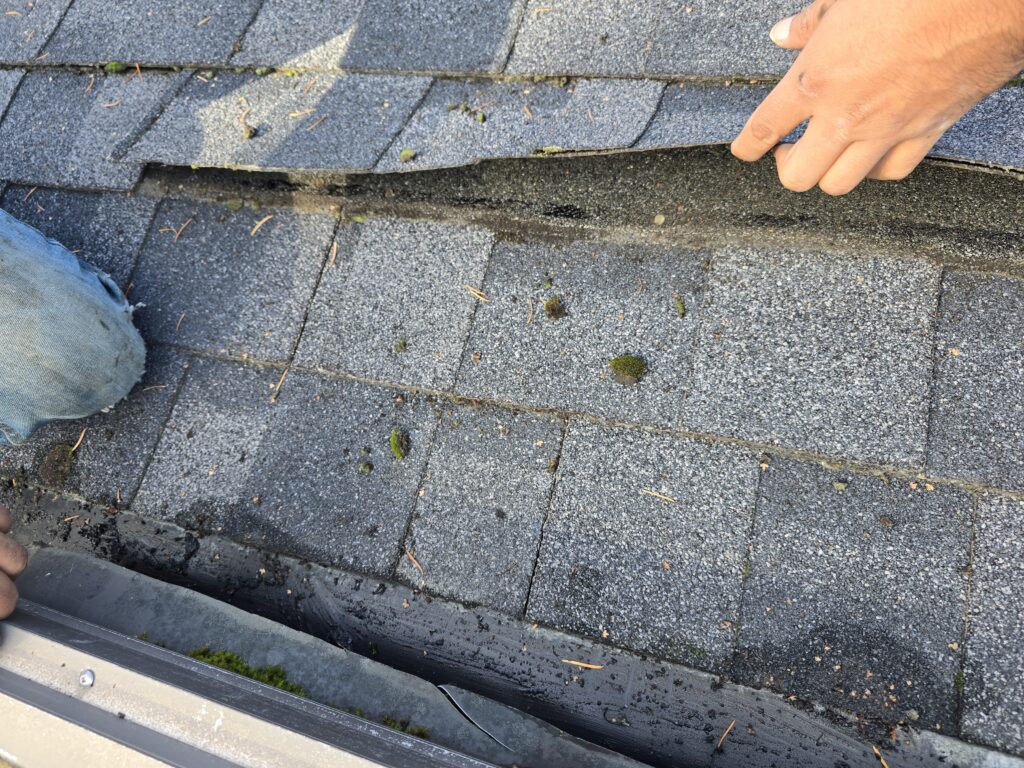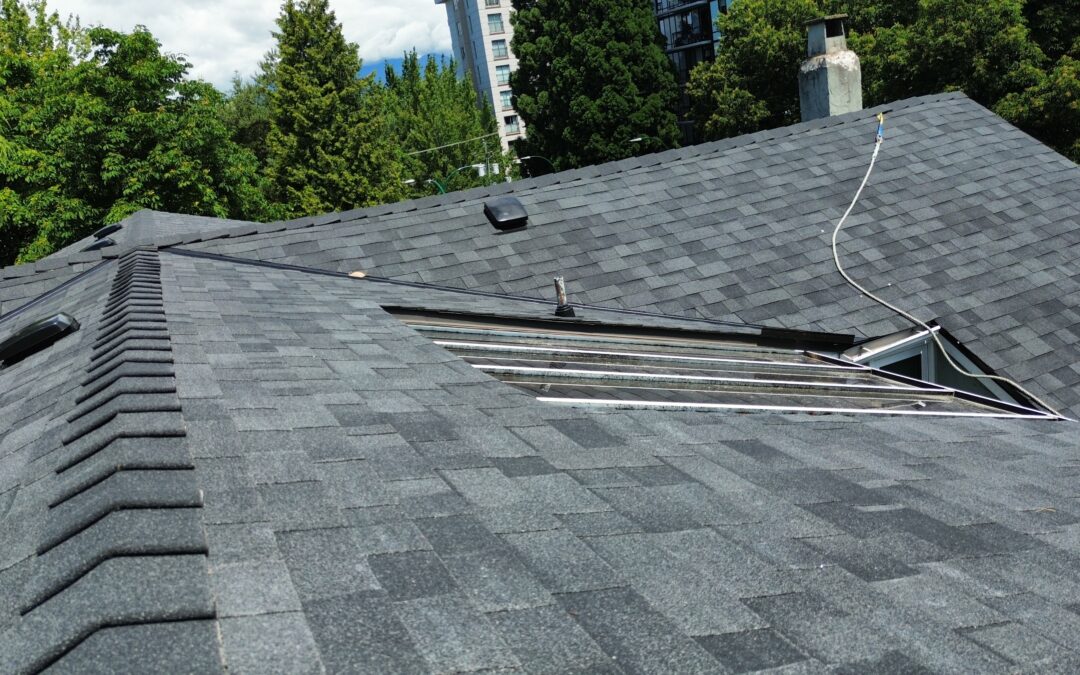When it comes to home protection, roof shingles are your first line of defense. But what happens when they start to curl, crack, or disappear altogether?
If you’ve ever glanced up at your roof and spotted curled edges or a bald patch after a windy night, you’re not alone. Many homeowners in Canada, especially in regions with wet, windy, or snowy climates, experience wear and tear on their roof shingles over time. While some signs may seem cosmetic, others can lead to serious issues like water damage, mold, or even structural deterioration.
In this guide, we’ll cover 7 red flags you shouldn’t ignore, what causes these problems, and what most searched ‘roofing contractors near me’ often recommend to fix or prevent them.
What Causes Roof Shingles to Curl or Go Missing?
Before we dive into the warning signs, it helps to understand what makes roof shingles deteriorate in the first place. Whether you have asphalt shingles or other materials, these are the most common culprits:
- Age and weather exposure – Most asphalt shingles last 15 to 30 years, depending on quality and climate conditions. Harsh UV rays, freezing temperatures, and heavy rains gradually weaken their structure.
- Improper attic ventilation – Without proper airflow, heat and moisture can build up in the attic, causing the roof shingles above to warp or curl. According to the Canada Mortgage and Housing Corporation (CMHC), poor ventilation also contributes to moisture-related problems like mold growth and ice dams.
- Low-quality materials or poor installation – Cheap or improperly installed shingle roofing doesn’t hold up well against weather events.
- Storm and wind damage – Strong gusts can lift or rip off individual roof shingles, leaving bald spots vulnerable to leaks.
Each of these issues can lead to serious problems over time if not addressed quickly. For a closer look at the most common issues homeowners face with shingle roofs—from granule loss to edge lifting—check out this helpful guide: 7 Common Problems with Shingle Roofing (and How to Fix Them)
7 Warning Signs Your Roof Shingles Need Immediate Attention
1. Curling or Buckling Shingles
This is often the first visual sign that your shingle roofing is deteriorating. Curling typically means the shingles are past their prime or suffering from heat/moisture buildup underneath. Buckling, meanwhile, may point to poor installation or warped underlayment.
2. Cracked or Split Shingles
Cracks along the surface of roof shingles allow moisture to penetrate the layers beneath. Once water gets in, it can seep into the roof deck and cause mold or rot issues that are far more expensive to fix.
3. Missing Shingles
After a heavy storm, check your roof for gaps or exposed areas. Missing shingle roofs not only affect appearance, they leave your home unprotected. Wind can lift even well-secured asphalt shingles if they’re old or worn.
According to Environment Canada’s Beaufort Wind Scale, wind gusts exceeding 70 km/h can cause slight structural damage, including loosening or blowing off roof shingles, especially if they aren’t sealed properly.
4. Granules in Your Gutters
If you notice black or sandy debris accumulating in your gutters, your roof shingles are likely losing their protective coating. These granules shield the shingles from UV rays and physical wear—once they’re gone, the shingles degrade much faster.
5. Water Stains on Interior Ceilings or Attic
Discoloration, peeling paint, or soft spots in your ceiling may indicate that your roof shingles have failed to keep moisture out. In many cases, the leak may not be directly above the damage—it could have traveled along the roof structure from a compromised area.
6. Sagging Rooflines
This one is hard to miss. A sagging or uneven roofline could point to long-term water infiltration from damaged roof shingles. Left unaddressed, this can lead to structural instability and major safety risks.
7. Unexpected Spikes in Your Energy Bills
Damaged roof shingles can impact attic insulation and airflow, especially during winter or summer extremes. If your heating or cooling bills suddenly jump, degraded shingles might be part of the problem, especially if your roof is older.
What Should You Do If You Spot These Shingle Issues?
Act fast. The longer you wait to repair or replace curling or missing roof shingles, the higher the risk of interior damage, mold, or expensive reconstruction. Start by doing the following:
- Inspect your roof visually from the ground or use a drone for a better view.
- Check your attic for any signs of leaks or daylight peeking through.
- Take photos of damaged areas to track changes over time.
- Contact the best and trusted in your ‘roofing contractors near me’ listing for a professional inspection and quote.
A certified roofer can determine whether you need a full replacement, spot repair, or shingle patching. They can also advise if your existing shingle roofs qualify for insurance coverage, especially after storm damage.
Can You Fix Shingles Yourself—or Should You Call a Pro?
Minor repairs like sealing small cracks or replacing one or two roof shingles may be possible for experienced DIYers. However, for safety and long-term value, professionals are usually the better choice. Why?
- They spot hidden problems you might miss.
- They know local building codes and safety protocols.
- They use proper tools and quality materials.
- They offer warranties on labor and materials.
And most importantly, climbing onto a roof can be dangerous, especially if shingles are loose or surfaces are slick.
Hiring roofing contractors ensures the job is done safely and correctly the first time.
How to Prevent Future Shingle Problems
Prevention is always cheaper than repairs. Here’s what experts recommend:
- Schedule regular inspections every 1–2 years, especially after storms.
- Clean your gutters to prevent water buildup that wears down roof shingles.
- Trim overhanging branches that may damage shingles or drop debris.
- Improve attic ventilation to avoid moisture and heat damage.
- Use high-quality shingles from trusted brands when replacing—consider upgraded asphalt shingles with added UV resistance or wind protection.
For expert guidance on maintaining your roof shingles in Canada’s changing climate, refer to the RCABC Roof Maintenance Guide provided by the Roofing Contractors Association of British Columbia.

Final Thoughts: Don’t Ignore Your Roof Shingles
Curling, cracked, or missing roof shingles may seem like minor annoyances, but they can signal serious trouble ahead. By staying alert and acting early, you can prevent water damage, maintain your home’s energy efficiency, and avoid costly repairs.
If you’re unsure about the condition of your shingle roofing, it’s best to consult the roofing contractors near me in your Google search for peace of mind. They’ll help you assess whether you need simple fixes or a more comprehensive solution.
Your roof isn’t just part of your house—it’s your home’s protection system. Treat it that way.
Need more roofing insights? Keep checking back or contact us for practical guides on shingle roofs, seasonal maintenance tips, and how to get the most life out of your roof in Canada’s ever-changing weather.

